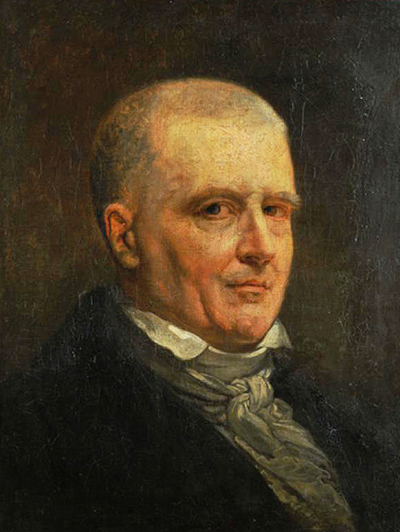The Rococo art movement formed a significant part of 18th century French art and its finest exponent was Jean-Honoré Fragonard who combined energy and exquisite technical ability to leave behind an inspiring oeuvre.
Although relatively ignored for long periods in previous centuries, there has been a far greater acceptance of his artistic brilliance in recent generations and his reputation remains strongest in his native France as well as the UK and US. The location of some of his most famous paintings within several high profile art institutions within those countries has ensured that the focus on his career will continue into future generations and his elaborate Rococo style still retains many followers, even though some find it a little too much for their own taste.
Whilst being known for his large oil paintings, this was an artist who also produced work in other mediums, successfully, and enjoyed making use of the technical skills that he had learnt as a young student. He would also sometimes make use of these alternatives in order to plan some of his highly complex canvases, where mistakes all alterations would be tiresome to complete. To summarise the content of his work, the two key elements were normally his foreground figurative portraiture, joined by background scenes of foliage across landscaped gardens.
French art retains the respect of the world but the movement in which Fragonard was involved does not currently enjoy quite the following of others, and this will ultimately impact the numbers that come across Fragonard's own career. Many are only occasional art followers who go to exhibitions to learn about something new, rather than to appreciate someone that they already knew much about. As such, exhibitions have tended to focus more on members of the Impressionist movement or perhaps related groups such as Realism or the Barbizon School. Rococo artists such as Fragonard, Antoine Watteau and Francois Boucher have therefore lost a little in momentum with younger audiences and normally have to be sought after. The movement has also tended to be looked at as something which impacted furniture design, interior design and silverware more than painting.
We consider the 18th century to be a particularly formal period, by Fragonard would allow figures of fun to be seen in his work, where happiness and enjoyment was more important than making the right impression on others. Whilst he did complete more standard, commissioned portrait paintings, these were more of a means to an end, whilst what he preferred were artworks such as The Swing, his most famous painting, where a young couple enjoy their blossoming romance. He would also make use of pets from time to time within his portraits as these could continue this element of fun, happiness and innocence, though sometimes they were probably specifically requested by those commissioning the portraits. Additionally, there were also traditional games too, such as Blind Man's Buff, which offered another excuse to allow his figures to dance, sing and play with pure abandon.
Fragonard took an interesting route during his artistic studies, having been sent first to Francois Boucher, before being handed over to Chardin. Six months within the latter's studio gave him a sufficient base of technical skills that he was now ready to rejoin Boucher, who had earlier identified the considerable talent that lie in this novice artist. He learnt quickly and greatily appreciated the opportunity to learn from such a respected master. He also took the opportunity to study other artists within whichever galleries and museums that were available within his vicinity at that time. His development was to be so impressive that for many years some of his own paintings were actually mis-attributed to his tutor, Francois Boucher, who also allowed his student to be responsible for producing replicas of his own work for the purposes of keeping copies of sold artworks and also teaching painting techniques to other members of his own studio.




